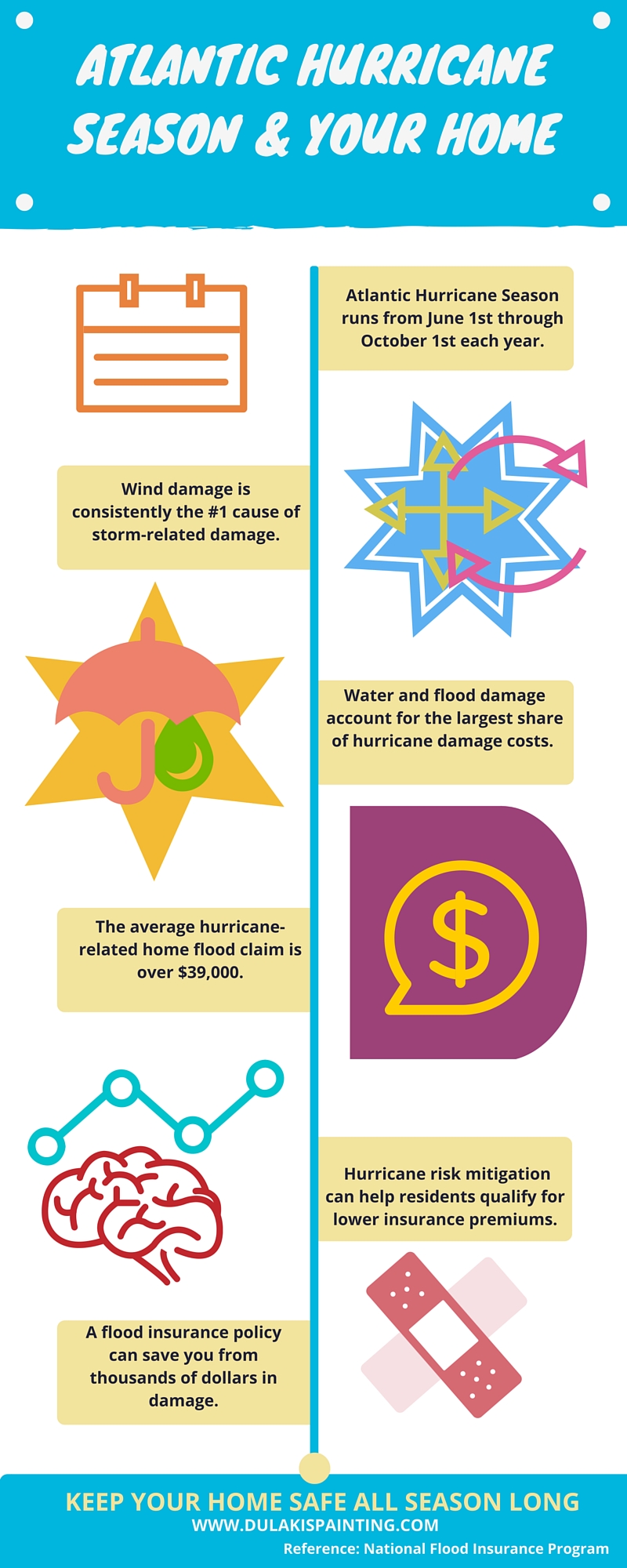Discover Just How Seasonal Impacts Can Influence The Efficiency Of Commercial Exterior Paint And Figure Out The Most Favorable Times To Make Sure Long Lasting Results For Your Project
Discover Just How Seasonal Impacts Can Influence The Efficiency Of Commercial Exterior Paint And Figure Out The Most Favorable Times To Make Sure Long Lasting Results For Your Project
Blog Article
Web Content Author-McLamb Rosendal
When you're planning a business outside painting task, seasonal elements can make or break your outcomes. You'll want to consider how temperature and humidity influence paint application and drying out times. Picking the best season can ensure your paint adheres properly and lasts longer. But which periods are truly the very best for this sort of job? Allow's check out the crucial elements that can impact your project's success.
The Influence of Temperature Level on Paint Application
When you're planning an industrial exterior painting project, the temperature level can significantly impact how well the paint adheres and dries.
Ideally, you wish to paint when temperature levels vary between 50 ° F and 85 ° F. If it's as well cool, the paint might not treat correctly, leading to issues like peeling or breaking.
On the other hand, if it's too hot, the paint can dry too promptly, preventing correct bond and resulting in an uneven surface.
You ought to also think about the moment of day; early morning or late afternoon supplies cooler temperatures, which can be more desirable.
Constantly examine the supplier's recommendations for the particular paint you're making use of, as they typically provide guidance on the optimal temperature variety for optimal outcomes.
Moisture and Its Effect on Drying Times
Temperature level isn't the only environmental factor that affects your commercial exterior paint task; humidity plays a substantial function also. High humidity levels can slow down drying times substantially, impacting the general high quality of your paint work.
When the air is saturated with wetness, the paint takes longer to cure, which can result in concerns like bad bond and a higher risk of mildew growth. If you're painting on a specifically humid day, be gotten ready for extended delay times between layers.
It's critical to keep track of neighborhood climate condition and plan as necessary. Ideally, aim for moisture levels between 40% and 70% for ideal drying.
Keeping these factors in mind ensures your job stays on track and provides a lasting surface.
Best Seasons for Commercial Outside Paint Projects
What's the best time of year for your industrial external paint projects?
Spring and early fall are normally your best bets. During these seasons, temperature levels are moderate, and moisture degrees are often lower, creating optimal conditions for paint application and drying out.
Stay commercial interior painter plymouth of summer's intense heat, which can create paint to dry also rapidly, bring about poor bond and coating. Likewise, winter's cool temperatures can hinder correct drying and healing, running the risk of the durability of your paint task.
Go for days with temperature levels in between 50 ° F and 85 ° F for ideal outcomes. Keep in mind to inspect the regional weather prediction for rainfall, as wet conditions can spoil your project.
Planning around these elements ensures your painting task runs efficiently and lasts longer.
Verdict
Finally, planning your business exterior paint jobs around seasonal considerations can make a substantial distinction in the result. By scheduling job throughout the suitable temperature levels and moisture levels, you'll guarantee better attachment and drying out times. Bear in mind to keep an eye on regional weather report and pick the right time of year-- spring and early autumn are your best options. Taking relevant webpage will certainly aid you achieve a durable and professional finish that lasts.
